Strongest hotel demand ever and other industry trends
In the wake of the third annual Hotel Data Conference in Nashville, Tenn., the industry is seeing the strongest rebound ever. In other industry developments:
- The strongest demand rebound ever included a 12-month average demand growth reaching 8 percent in February. At the same time, supply growth slowed—the 12-month moving average was 1.1 percent as of June.
- The outlook for new hotels for this year and the next is down slightly with “continued economic uncertainty and the lack of construction financing,” with growth ranging slightly less than one percent in for each of the next three years, according to Lodging Econometrics.
- Revenue per available room (RevPAR) has shown consistent improvement for the past 18 months,” says TravelClick North American Hospitality Review. The overall industry average daily rate or ADR was up 3.7 percent from the end of June last year to June 2011.
- On the negative side, hotels continue to lose billions of dollars to online travel agencies, which accounted for less than 1.5 percent of total revenue that has leaped to 7.35 percent in just a decade.
TravelClick says industry rates are being driven by transient sales — individual business and leisure travel. “Group sales remained soft, improving only 1.5 percent,” the site said. It adds:
"The data revealed by TravelClick's North American Hospitality Review shows that individuals are traveling more thereby increasing demand at hotels and allowing them to raise rates. This in turn represents a significant shift in the industry – hotels are not only seeing an increase in occupancy, but in ADR, RevPAR and profitability as well.”
The US markets showing the most improvement in overall occupancy (business, leisure and group travel) for the next 12 months include Philadelphia (15.8 percent improvement), Indianapolis (15.2 percent improvement) and Phoenix (8.7 percent improvement).
The markets showing the least amount of improvement in occupancy over the same period are Dallas (7.6 percent decline), Atlanta (4.6 percent decline) and Denver (4.1 percent decline).
Online travel agencies cost the US hotel industry approximately US$2.5 billion during 2010. That figure is from preliminary findings from the AH&LA and STR’s hotel distribution analysis and further analysis conducted by Tourism Economics.
The $2.5-billion tally assumes all of the rooms sold via OTAs during 2010 would instead be sold on brand.com or directly by the property.
The OTAs’ share of total revenue has grown significantly since 2001, said Adam Sacks, founder and managing director of Tourism Economics. Back then, the booking channel accounted for 1.34 percent of the U.S. hotel industry’s total revenue. Today, that number has risen to 7.35 percent.
That increase has generated an incremental increase in demand, he said.
“In terms of demand, there is a relationship. The growth in OTA market share has indeed driven demand. It’s increased demand by a little over 1 percent over the period of the last decade,” Sacks said.
But with that influx in demand has come a decrease in average rates. An analysis performed by Tourism Economics revealed that for every 10 percent the OTAs gain in market share, the US hotel industry as a whole would experience a revenue decline of 4.4 percent.
By David Wilkening
 United Kingdom
United Kingdom United States
United States Asia Pacific
Asia Pacific

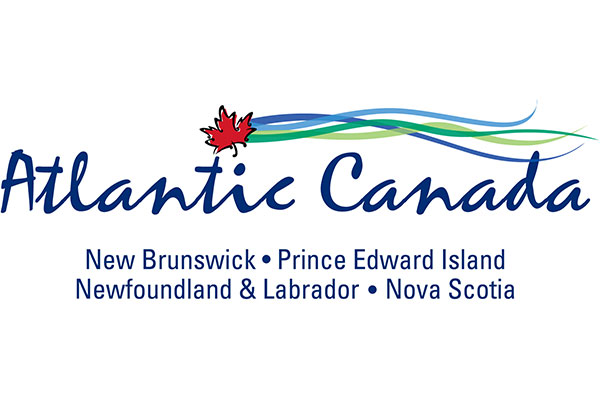

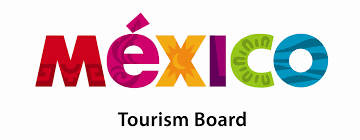
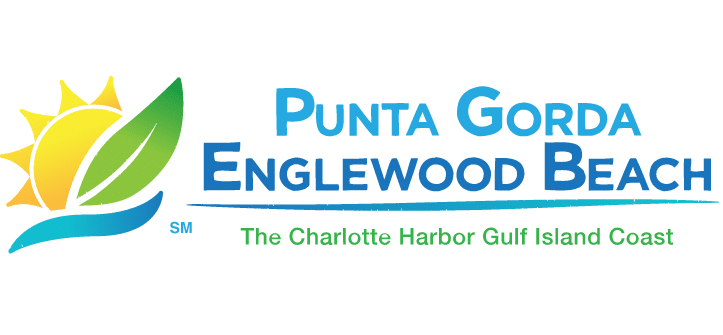
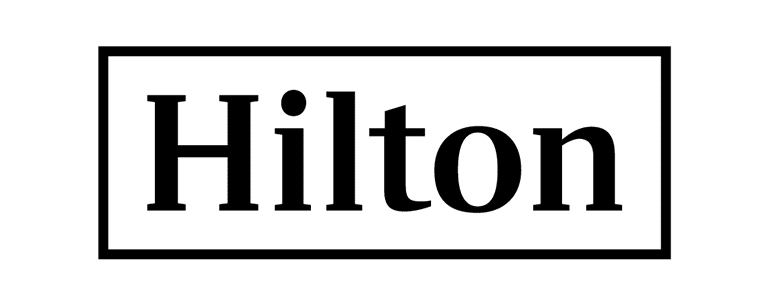

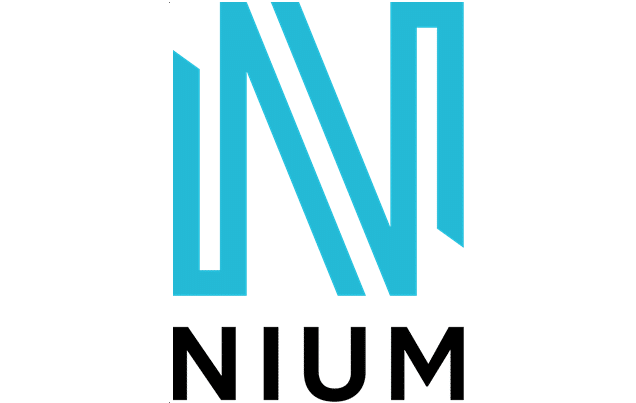
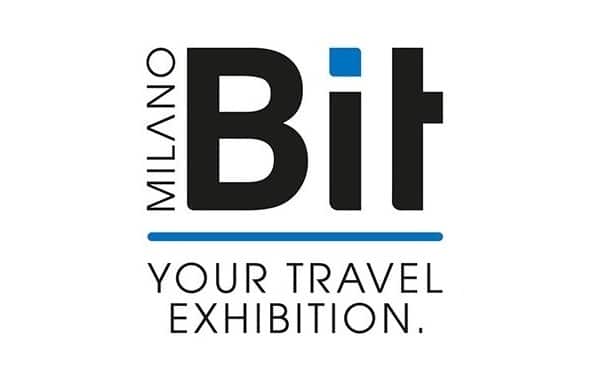
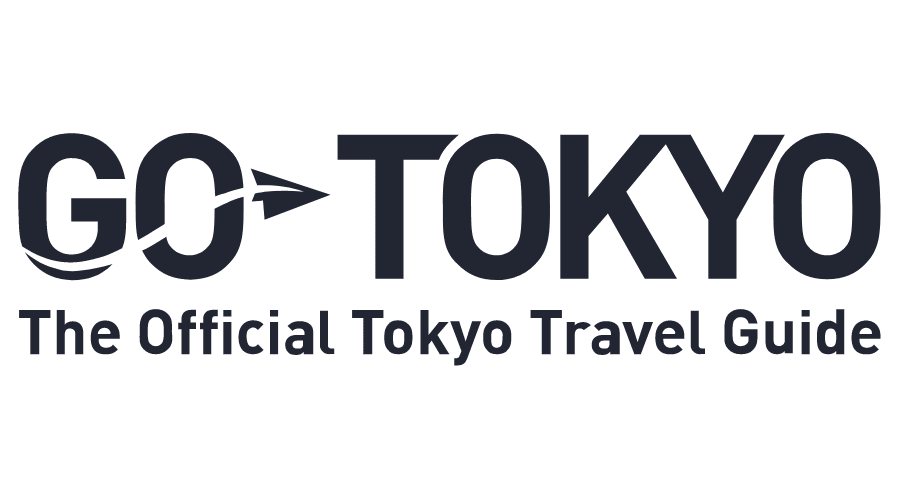
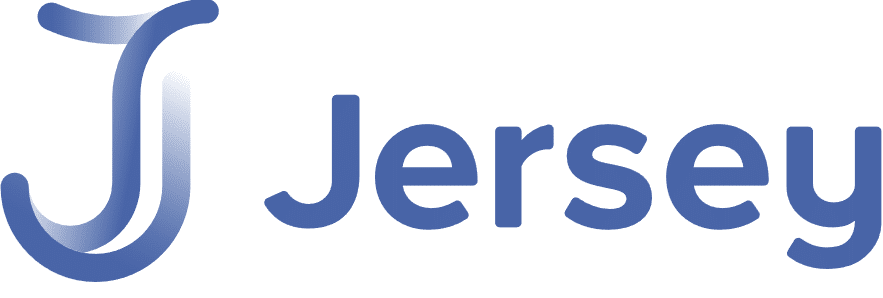
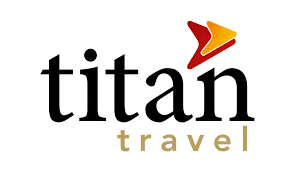

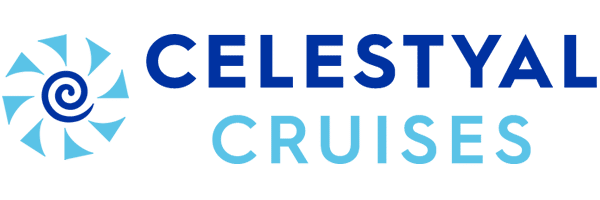
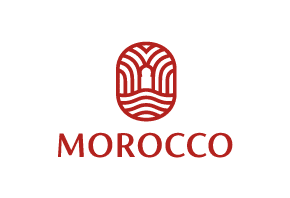

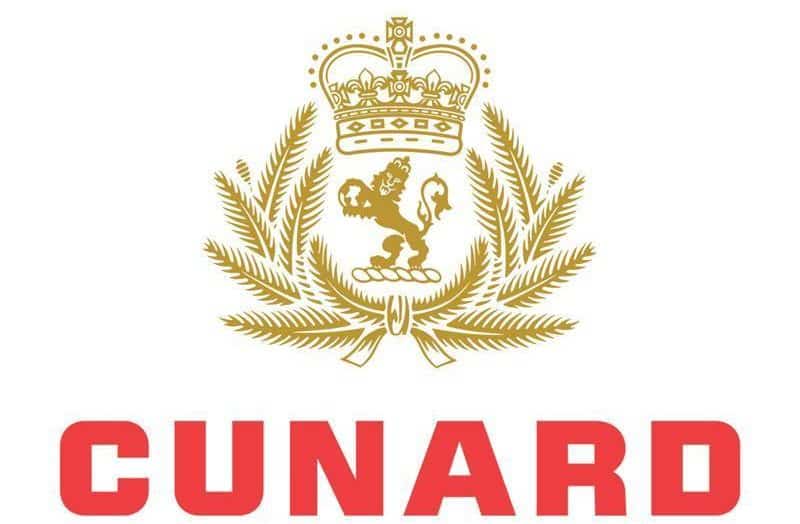
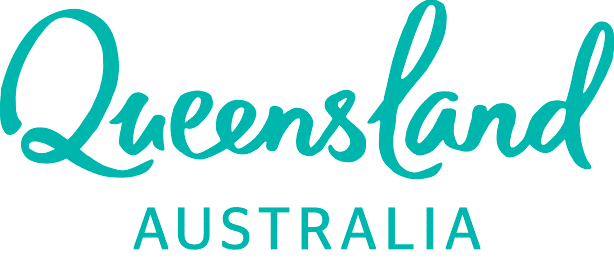


























Dozens fall ill in P&O Cruises ship outbreak
Boy falls to death on cruise ship
Turkish Airlines flight in emergency landing after pilot dies
Unexpected wave rocks cruise ship
Woman dies after going overboard in English Channel